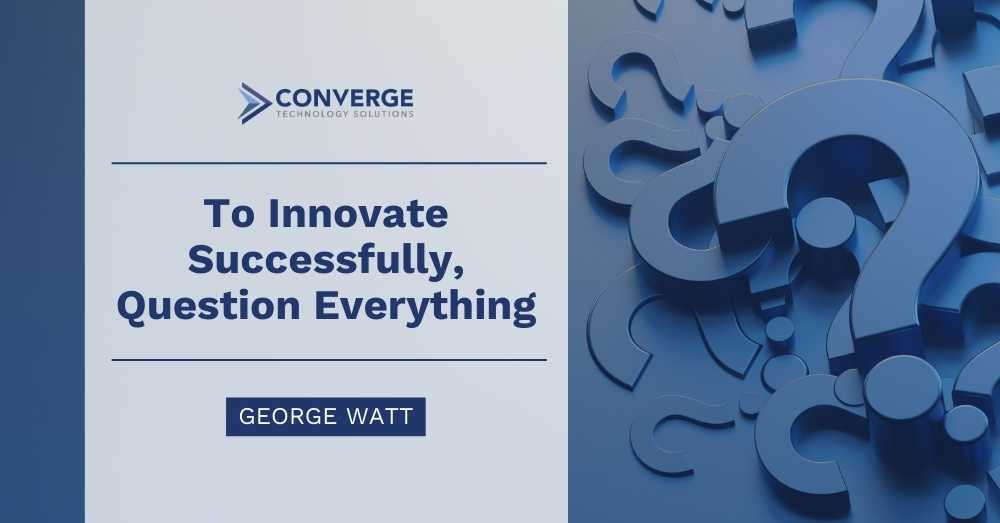In my experience, the people driving business transformation, creating new products or services, or innovating in any context, who are not deliberate about “questioning everything” throughout the entire lifecycle of their service or business, are much more likely to expend a lot of time, effort, resources, and passion building things nobody wants. While many realize it is important to do so early in the life of their business or service, even they can fall into a nasty, insidious trap that puts their idea on a path toward irrelevancy.

A cautionary tale
The startups in our incubator-accelerator employed lean, lean-startup, and agile operational principles with passion. A key design principle of our approach was maniacal customer focus at every stage of the startup’s lifecycle. This was done to avoid the pitfalls of waterfall-like approaches in which a product or service development team commit too early to solutions and features only to learn, after they were built, that nobody wanted them. We refer to that large-scale, up-front commitment as a “committed bet”, and it can mean the end of a business. Lean operation and maniacal customer focus were key tenets of our program, so you can probably imagine how surprised we were to find teams executing committed bets. How could it happen?
We learned that most of the incubating teams were able to maintain their lean startup discipline in the early stages of their journey, as they focused on customer-problem fit (ensuring the problem was worth solving) and problem-solution fit (validating the solution was likely to delight intended users). However, once they began increasing their team size and building their Minimum Viable Product (MVP), some teams began executing as if they had defined the MVP perfectly, and perhaps even several releases beyond. Though it had started later in the journey than its classic manifestation, they had fallen into the committed bet trap.
Selling, not sensing
After some investigation, we learned that one of the most common reasons this happened was that the teams were no longer truly questioning their assumptions, soliciting input, and listening to customers (sensing) as they built their MVP. They had become mesmerized by the process of building it. It’s easy to understand – building things is fun. It is also hard work and time consuming. As a result, it is easy to get caught up in the day-to-day activities and see almost anything else as a lower priority.
What may be more important was that we discovered we had not noticed it sooner because it had appeared as if they were still sensing. They were regularly interacting with potential customers and early adopters. However, upon closer inspection, their interactions were more sales-like. They were promoting what they were building and not asking whether they should be building it. It was an insidious committed bet. It was much harder to recognize since it had started later and was (unintentionally) disguised as sensing.
It’s not just innovation
The value of questioning everything is not limited to new, innovative ideas. I recently wrote about failure to question things as a common root cause of innovation-impeding, productivity-killing corporate processes. It’s a lesson I learned when, in my first job after graduation, I discovered people had been printing an entire box of paper – thousands of pages each production run – that was dutifully boxed and brought to a special secure room in the basement to be read by nobody. They had been doing this for years, and nobody remembered why. We see this elsewhere. In programs, in processes, in the way we do things at home.
Question everything!
So, when you’re cooking up your next new idea, be sure to add these items to the ingredients:
- Always challenge your assumptions: Things change, and you might not arrive at the same conclusions you did earlier.
- Be deliberate: The questions won’t ask themselves.
- Be especially diligent during transition points: Focus can shift insidiously during lifecycle transitions.
- “Listen” to the data: If data doesn’t align with your hypotheses, don’t assume the data or customer feedback is bad. Run experiments to confirm what is really happening.
- Question everything: Apply this approach not only to innovative ideas, but also to programs and processes that support them.





